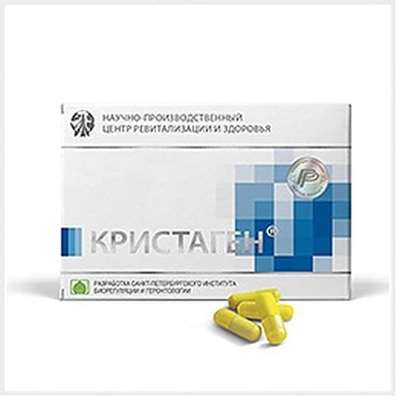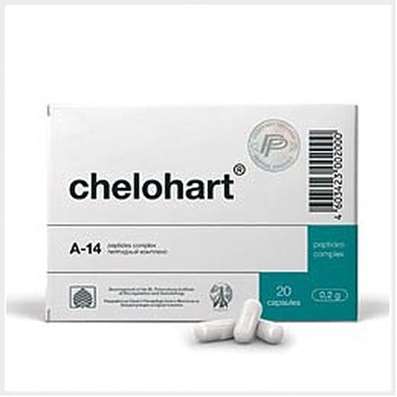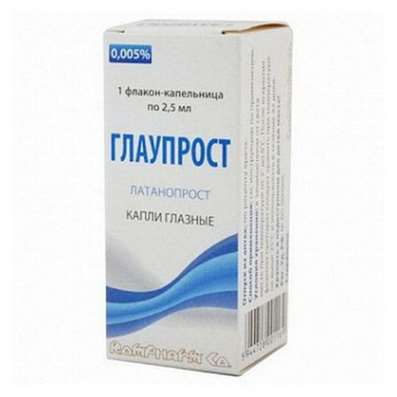Instruction for use: Meloxam
I want this, give me price
Active substance Meloxicam
ņ“’ M01AC06 Meloxicam
Pharmacological group
NSAIDs - Oxicams
Nosological classification (ICD-10)
M06.9 Other specified rheumatoid arthritis
Rheumatoid arthritis,Pain syndrome in rheumatic diseases, Pain in rheumatoid arthritis, Inflammation in rheumatoid arthritis, Degenerative forms of rheumatoid arthritis, Children's rheumatoid arthritis, Exacerbation of rheumatoid arthritis, Acute articular rheumatism, Rheumatic arthritis, Rheumatic polyarthritis, Rheumatoid arthritis, Rheumatic polyarthritis, Rheumatoid arthritis, Rheumatoid arthritis of active course, Rheumatoid arthritis, Rheumatoid polyarthritis, Acute rheumatoid arthritis, Acute rheumatism
M19.9 Arthrosis, unspecified
Change in brush with osteoarthritis, Osteoarthritis, Osteoarthrosis, Arthrosis of large joints, Pain syndrome in osteoarthritis, Pain syndrome in acute inflammatory diseases of the musculoskeletal system, Pain syndrome in chronic inflammatory diseases of the musculoskeletal system, Deforming arthrosis, Deforming osteoarthritis, Deforming osteoarthritis of joints, Osteoarthritis in the acute stage, Osteoarthritis of large joints, Acute pain syndrome with osteoarthritis, Post-traumatic osteoarthritis, Rheumatic osteoarthritis, Spondylarthrosis, Chronic osteoarthritis
M45 Ankylosing spondylitis
Ankylosing spondylarthrosis, Marie-Strumpel disease, Ankylosing spondylitis, Pain syndrome in acute inflammatory diseases of the musculoskeletal system, Pain syndrome in chronic inflammatory diseases of the musculoskeletal system, Bechterew's disease, Ankylosing spondylitis, Diseases of the spinal column, Rheumatic spondylitis, Bechterew-Marie-Strumpel disease
Composition and form of release
Tablets 1 table.
meloxicam 7.5 mg/15 mg
auxiliary substances: lactose; corn starch; sodium citrate; maltodextrin; crospovidone micronized; magnesium stearate
in a blister 10 or 20 pieces; in a carton box 1 blister.
Description of dosage form
Tablets are light yellow in color, round, mutually flat, with one side of risk for separation of tablets. The surface of the tablets is smooth, uniform, free from stains and damage.
pharmachologic effect
Pharmacological action - anti-inflammatory, antipyretic, analgesic.
The anti-inflammatory effect is associated with inhibition of the enzymatic activity of cyclooxygenase-2, which participates in the biosynthesis of PG at the site of the inflammatory reaction.
Pharmacodynamics
In the body there are 2 forms: cyclooxygenase-1 and cyclooxygenase-2. Cycloxygenase-1 is found in different cells and performs physiological functions: it participates in the synthesis of PG, protecting the mucous membrane of the digestive tract and providing normal renal blood flow. Cyclooxygenase-2 is a factor that causes and supports inflammatory processes.
Pharmacokinetics
Well absorbed from the digestive tract. Constant concentration in the serum is achieved 3-5 days after application. Concentration in the serum is proportional to the dose taken. Long-term use of the drug does not affect the concentration in the serum. Easily penetrates into the joint fluid, reaching a concentration equal to half the concentration in the plasma. Binding to blood plasma proteins - 99%. Metabolized in the body and only about 5% of the dose is excreted unchanged with feces, and in trace amounts - with urine. Metabolites are excreted in equal amounts with urine and feces. Moderate renal and hepatic insufficiency does not significantly affect the kinetics of drugs. In elderly patients, the rate of excretion from the body is somewhat reduced.
Indications
Deforming osteoarthritis of joints, rheumatoid arthritis, ankylosing spondylitis (Bechterew's disease).
Contraindications
Hypersensitivity (including to other NSAIDs); peptic ulcer of the stomach and duodenum in the phase of exacerbation and for at least 6 months after it; chronic renal failure in patients who have not undergone dialysis; severe hepatic impairment; children's age (up to 15 years); bleeding, incl. from the digestive tract, cerebral hemorrhage; period of pregnancy and breastfeeding; allergic reactions (bronchial asthma, recurrent polyposis of the nose and paranasal sinuses, Quincke's edema, urticaria) to acetylsalicylic acid and other NSAIDs.
pregnancy and lactation
Contraindicated.
Side effects
From the digestive tract: indigestion, nausea, vomiting, flatulence, diarrhea, constipation, pharyngitis, ulceration of the stomach and duodenum, bleeding from the gastrointestinal tract, gastritis, inflammation of the oral cavity.
From the cardiovascular system: edema, rarely - a strong palpitation, increased blood pressure.
From the respiratory system: acute asthma attack.
From the side of the central nervous system: headache and dizziness, noise in the ears and drowsiness, disorientation, confusion of thoughts.
From the side of the urinary system: a violation of kidney function.
On the part of the organs of vision: conjunctivitis, impaired vision.
From the skin: itching, skin rash, hives, sensitization to light.
On the part of the organs of hematopoiesis: anemia, leukopenia, thrombocytopenia.
Interaction
When appointed with other NSAIDs, incl. acetylsalicylic acid, increases the risk of ulcers and bleeding from the gastrointestinal tract. Reduces the effectiveness of antihypertensive drugs. When administered with lithium preparations, it can cause cumulation of lithium with the development of lithium intoxication (it is recommended to control the concentration of lithium in the blood). Strengthens the hematotoxicity of methotrexate (the risk of anemia and leukopenia, a periodic control of the blood smear). With diuretics can lead to the development of renal failure. May decrease the effectiveness of intrauterine contraceptives. Increases the risk of bleeding in combination with anticoagulants (heparin), antiaggregants (ticlopidine), fibrinolytic drugs (streptokinase, fibrinolysin), periodic monitoring of blood coagulability. Possible interaction with oral hypoglycemic agents. Cholestyramine accelerates excretion from the body. Like other NSAIDs, increases the nephrotoxicity of cyclosporine.
Dosing and Administration
Inside, once a day, the maximum daily dose of 15 mg. Long-term treatment of rheumatoid arthritis - 15 mg / day, with an improvement in the state of the dose can be reduced to 7.5 mg / day. Short-term treatment of deforming osteoarthritis - 7.5 mg / day, if necessary, the dose can be increased to 15 mg / day. Ankylosing spondylitis - 15 mg / day. In patients with an increased risk of adverse effects, the drug should be started at a dose of 7.5 mg / day.
Overdose
Symptoms: increased side effects.
Treatment: Symptomatic therapy, there is no specific antidote, Cholestyramine accelerates excretion from the body.
Precautionary measures
With caution appoint:
- patients who have a history of ulcerative lesions of the gastrointestinal tract, as well as patients taking anticoagulants, antiaggregants and fibrinolytics, tk. bleeding from the upper gastrointestinal tract, ulceration or perforation is not necessarily accompanied by severe clinical symptoms; in elderly patients, the consequences of bleeding can be fatal;
- Patients with impaired renal function, due to the possible increase in these disorders (this applies to elderly patients, patients with congestive heart failure, cirrhosis, with a decrease in bcc after major surgical interventions); In this case, it is recommended to monitor diuresis and biochemical parameters characterizing the function of the kidneys, especially in the initial phase of therapy.
In patients undergoing dialysis, the dose of the drug should not exceed 7.5 mg / day.
If there is a change in the mucous membrane or skin (itching, skin rash, hives, sensitization to light), it is necessary to consider the question of withdrawal of the drug.
If side effects occur in the form of headaches, dizziness, drowsiness, and visual impairment, you must abandon the management of vehicles and maintenance of machinery and mechanisms.
Patients taking both diuretics and meloxicam should take an appropriate amount of fluid.
special instructions
In the case of moderate renal failure (Cl creatinine greater than 25 ml / min), as well as moderate hepatic insufficiency, there is no need to reduce the dose of the drug.
A comment
The drug is in the process of registration.
storage Conditions
In a dry, the dark place at a temperature of no higher than 25 į C.
Keep out of the reach of children.
Shelf life
2 years.
Do not use after the expiry date printed on the package.

 Cart
Cart





